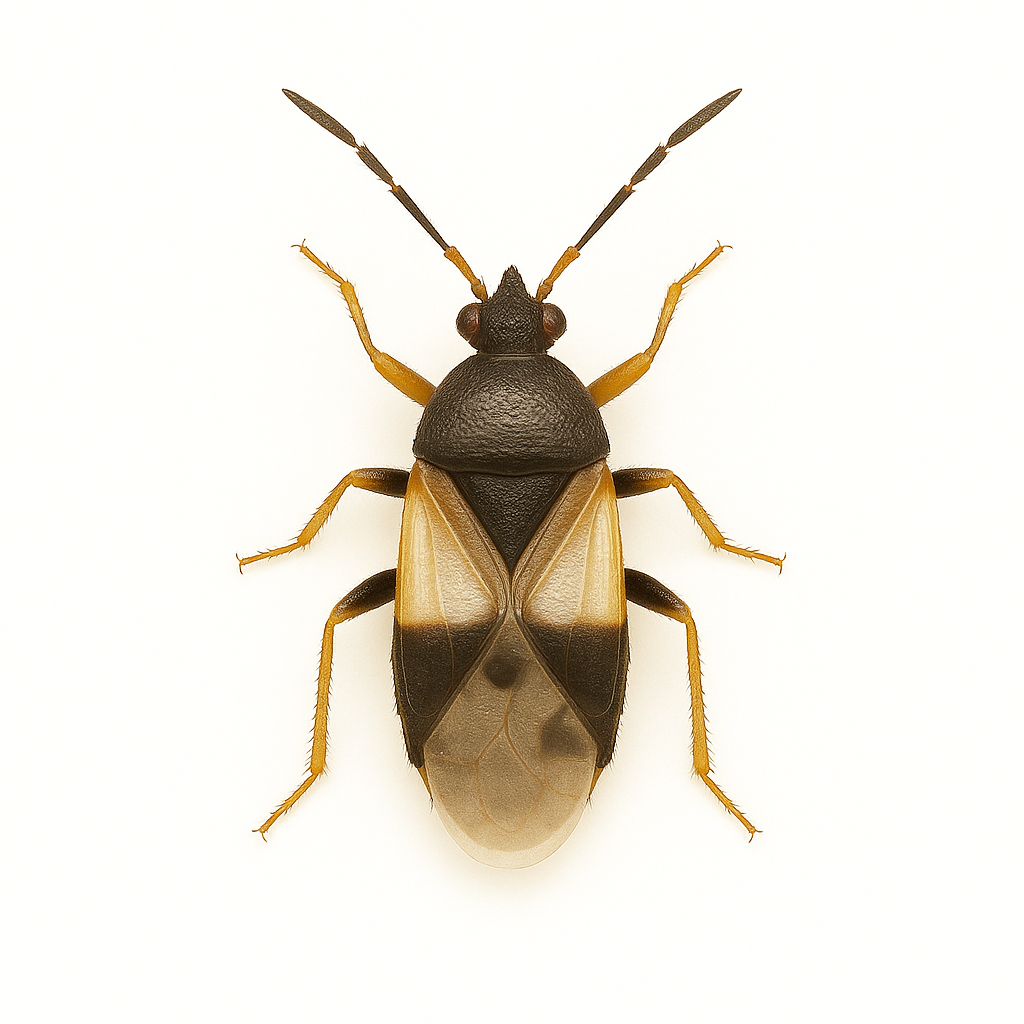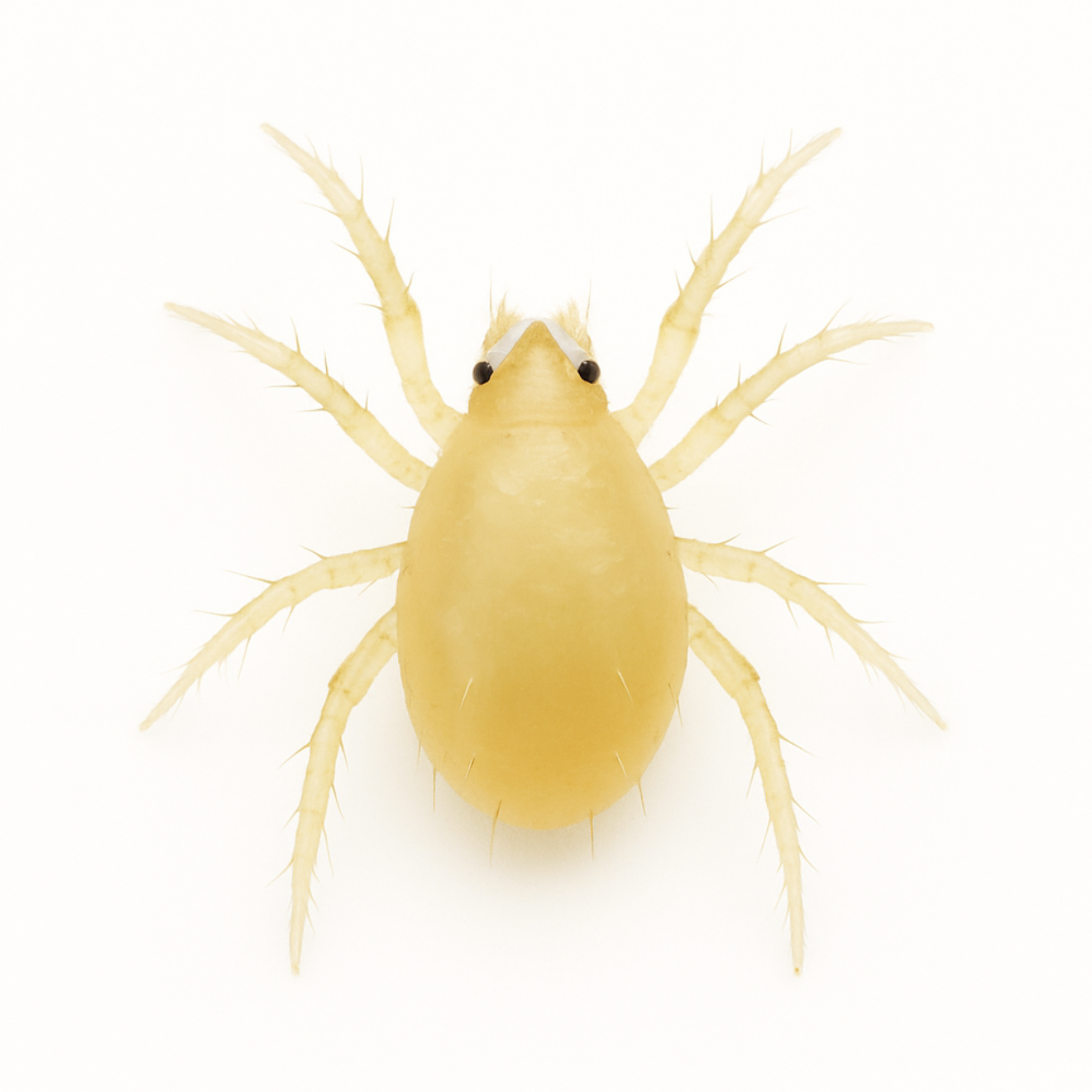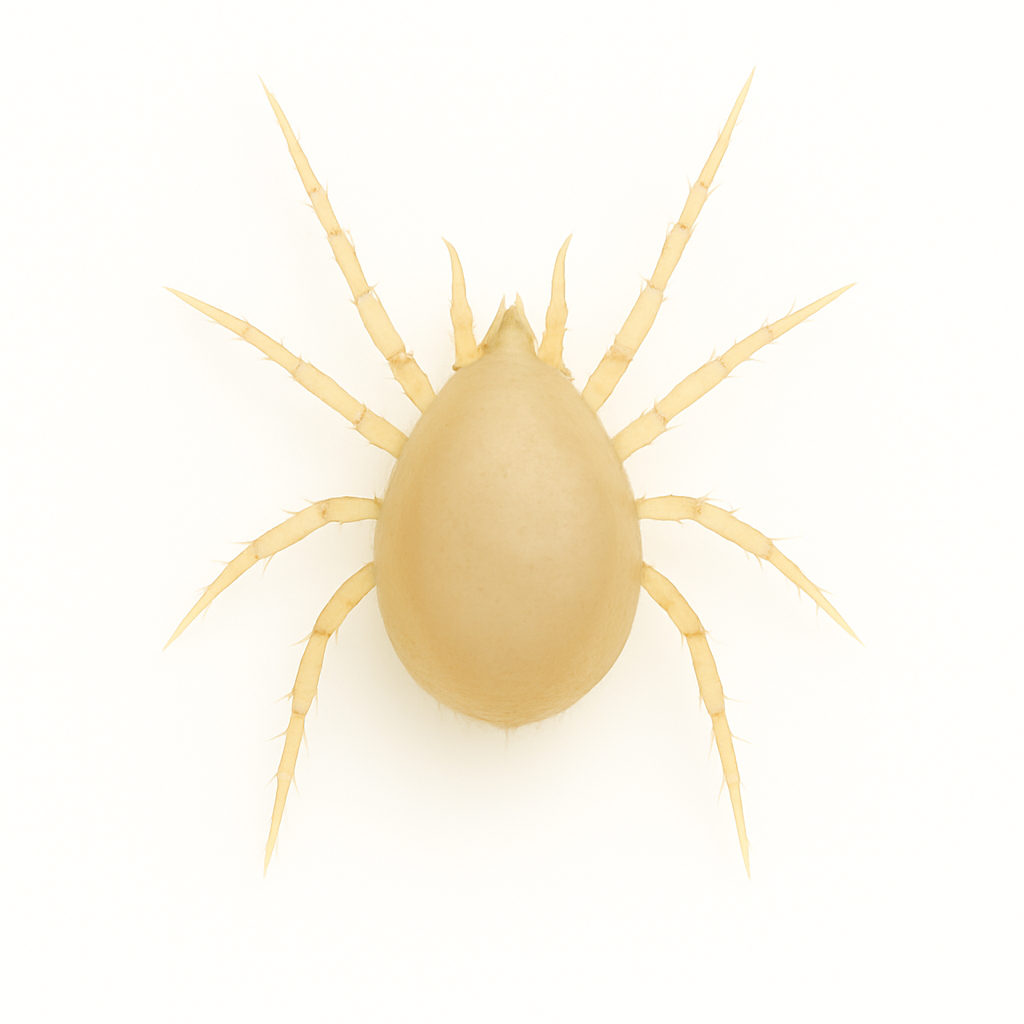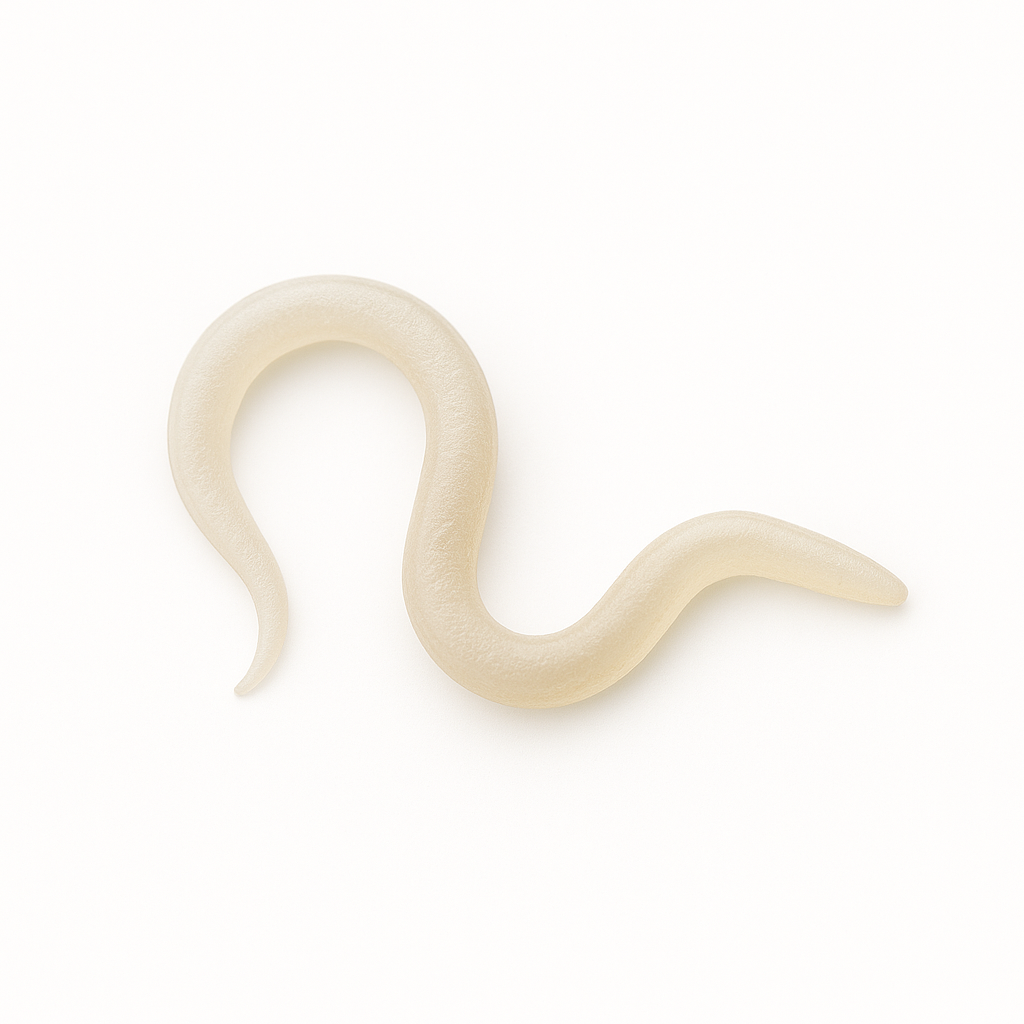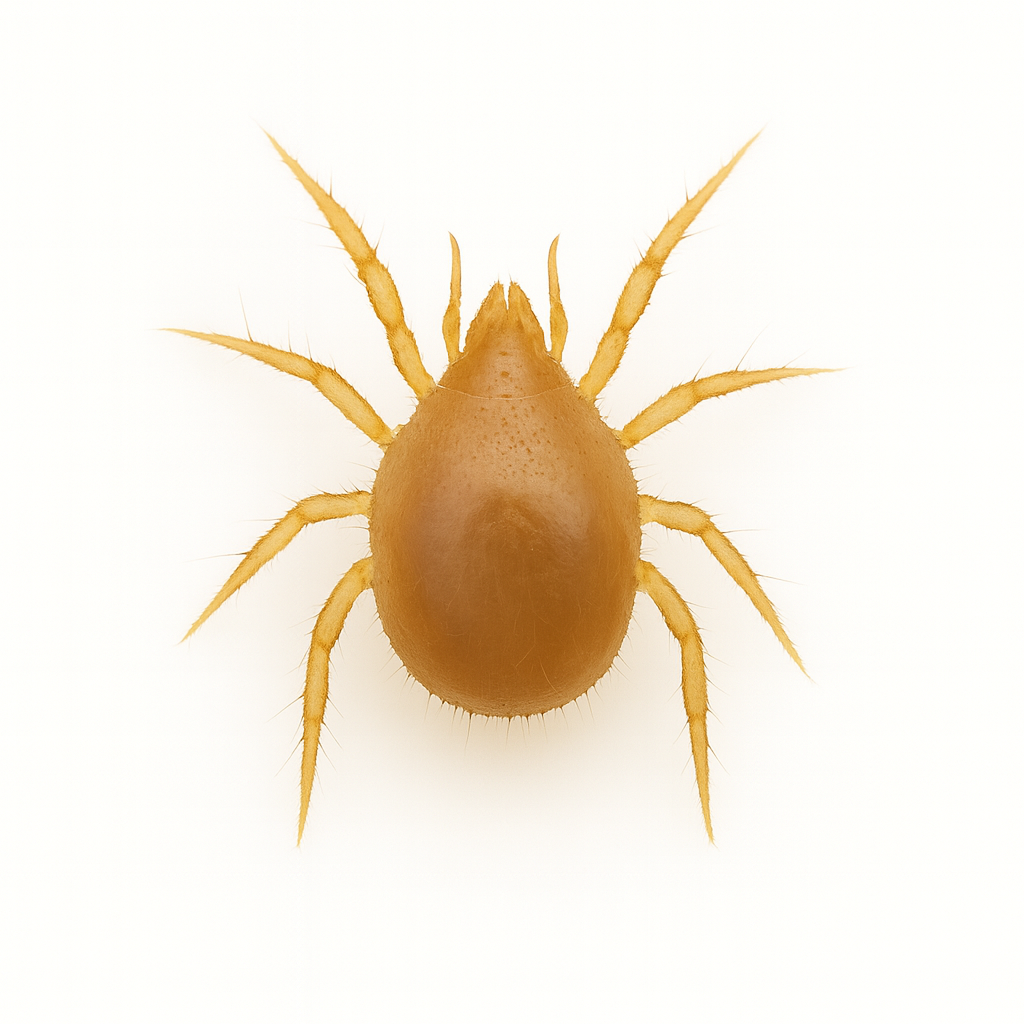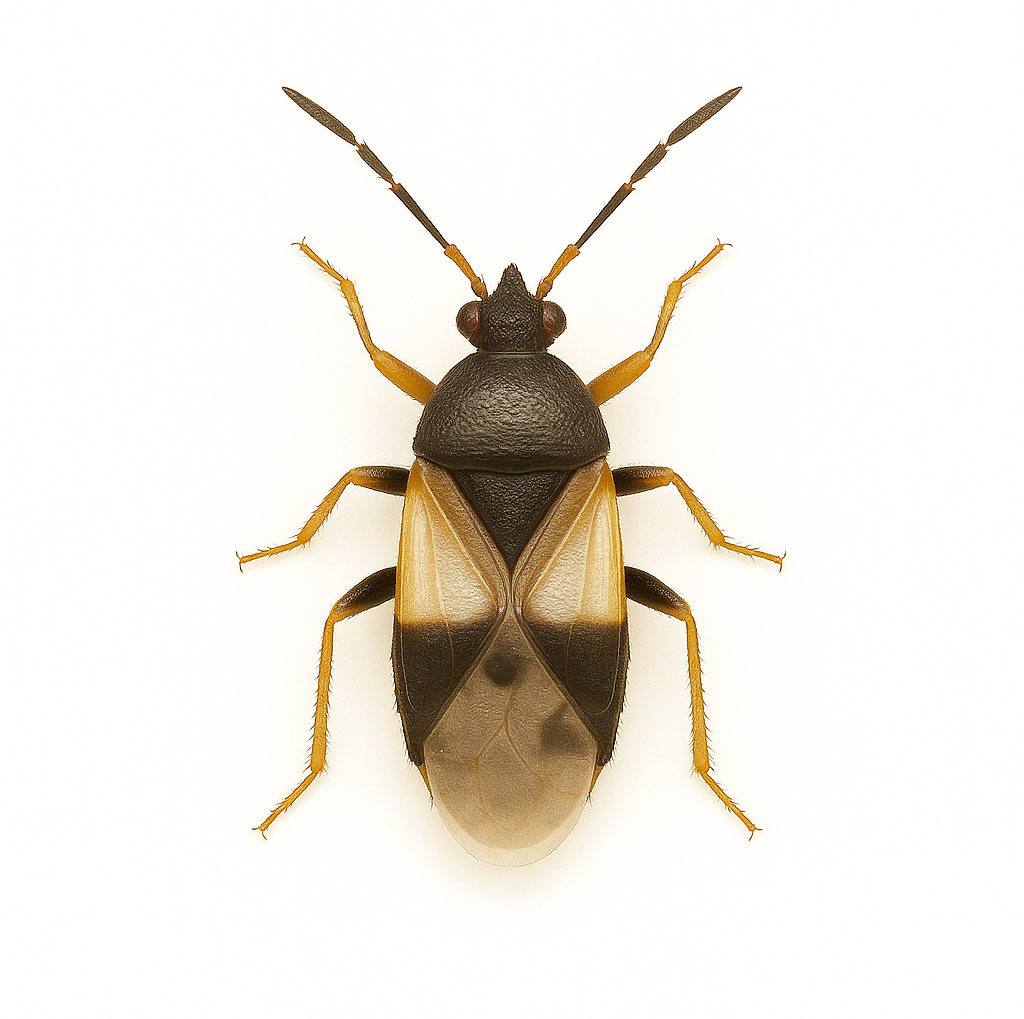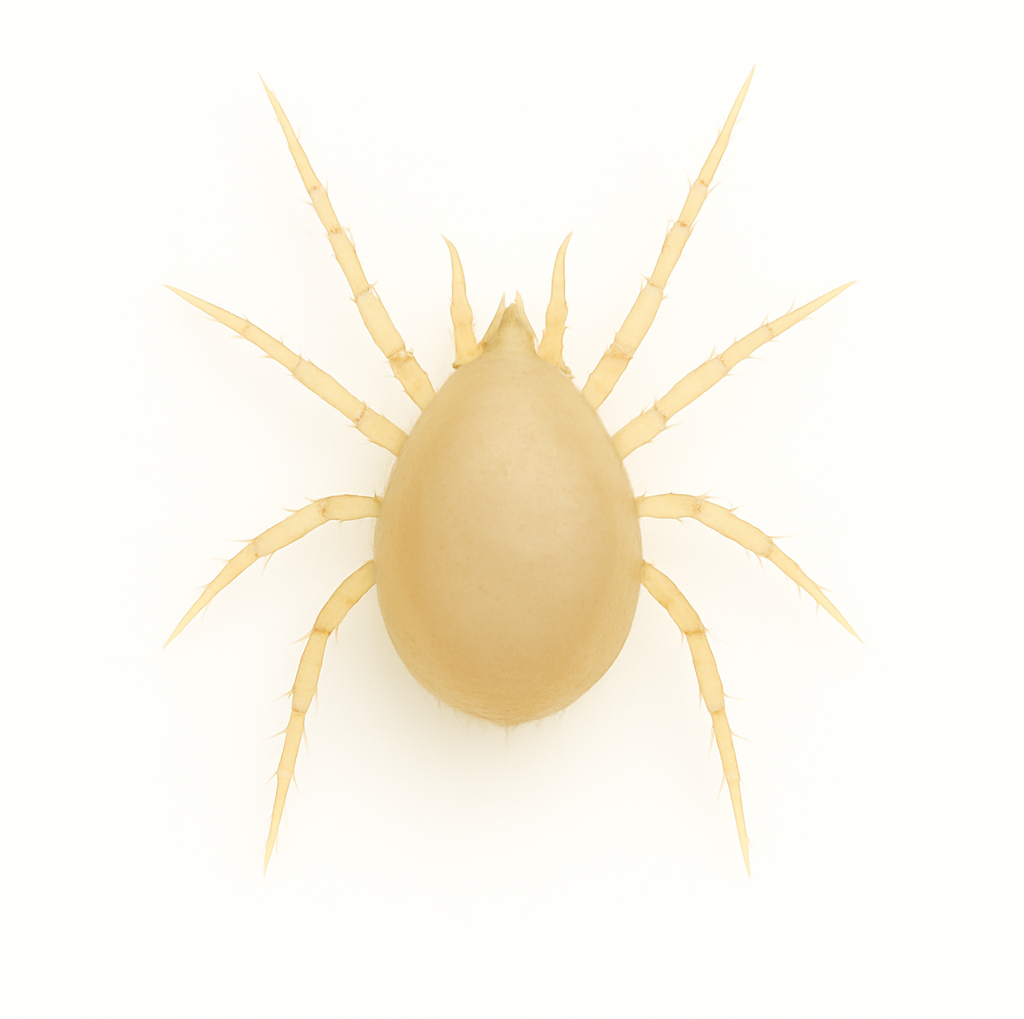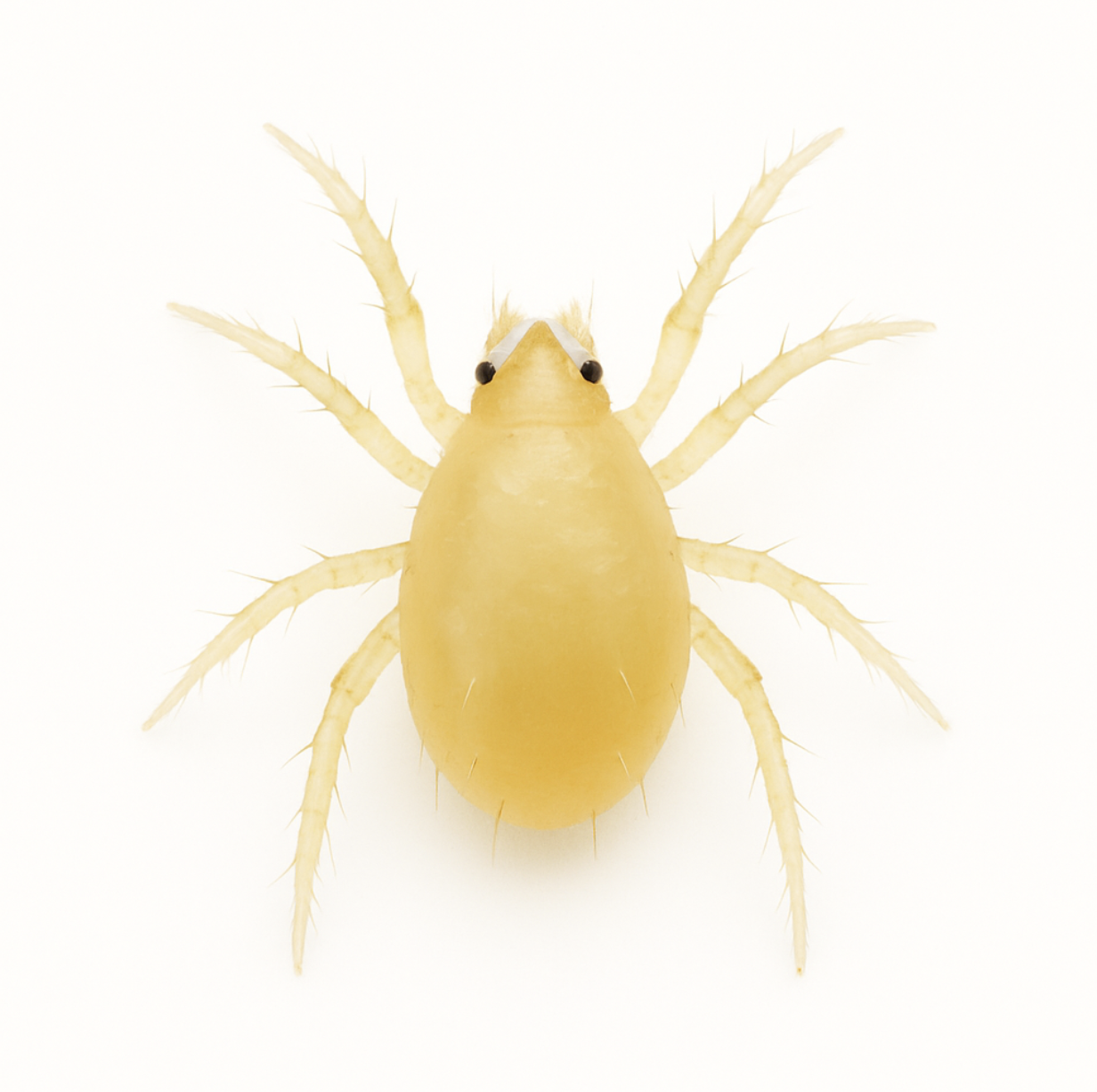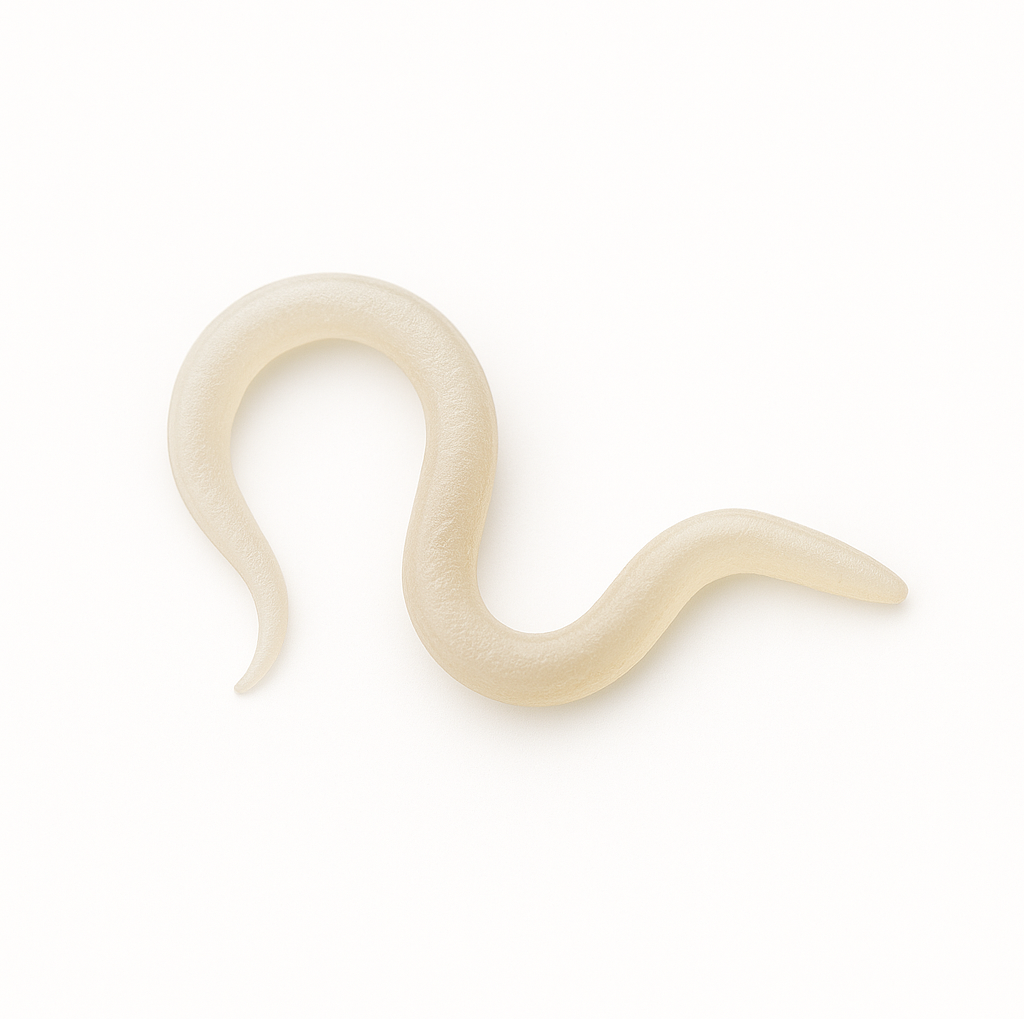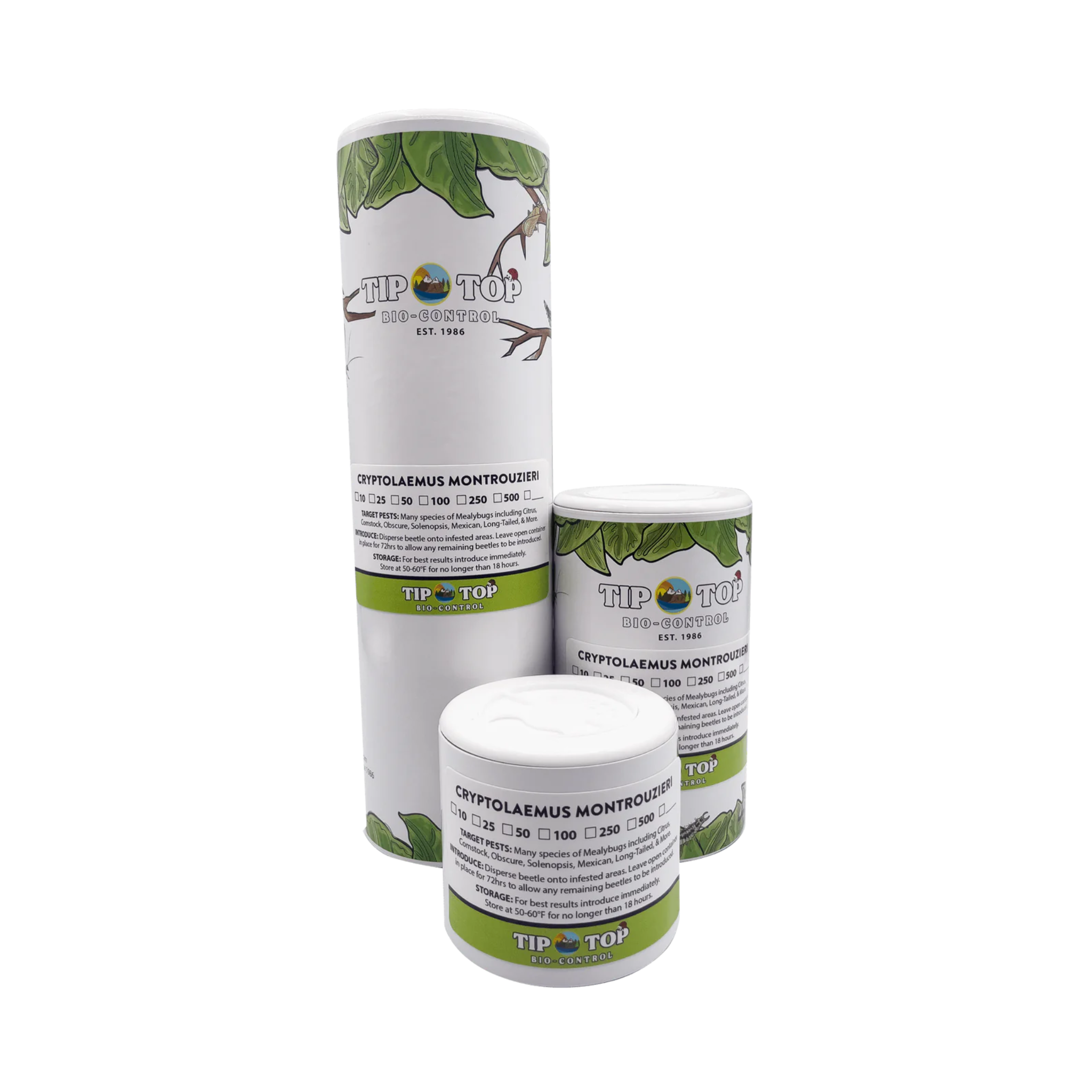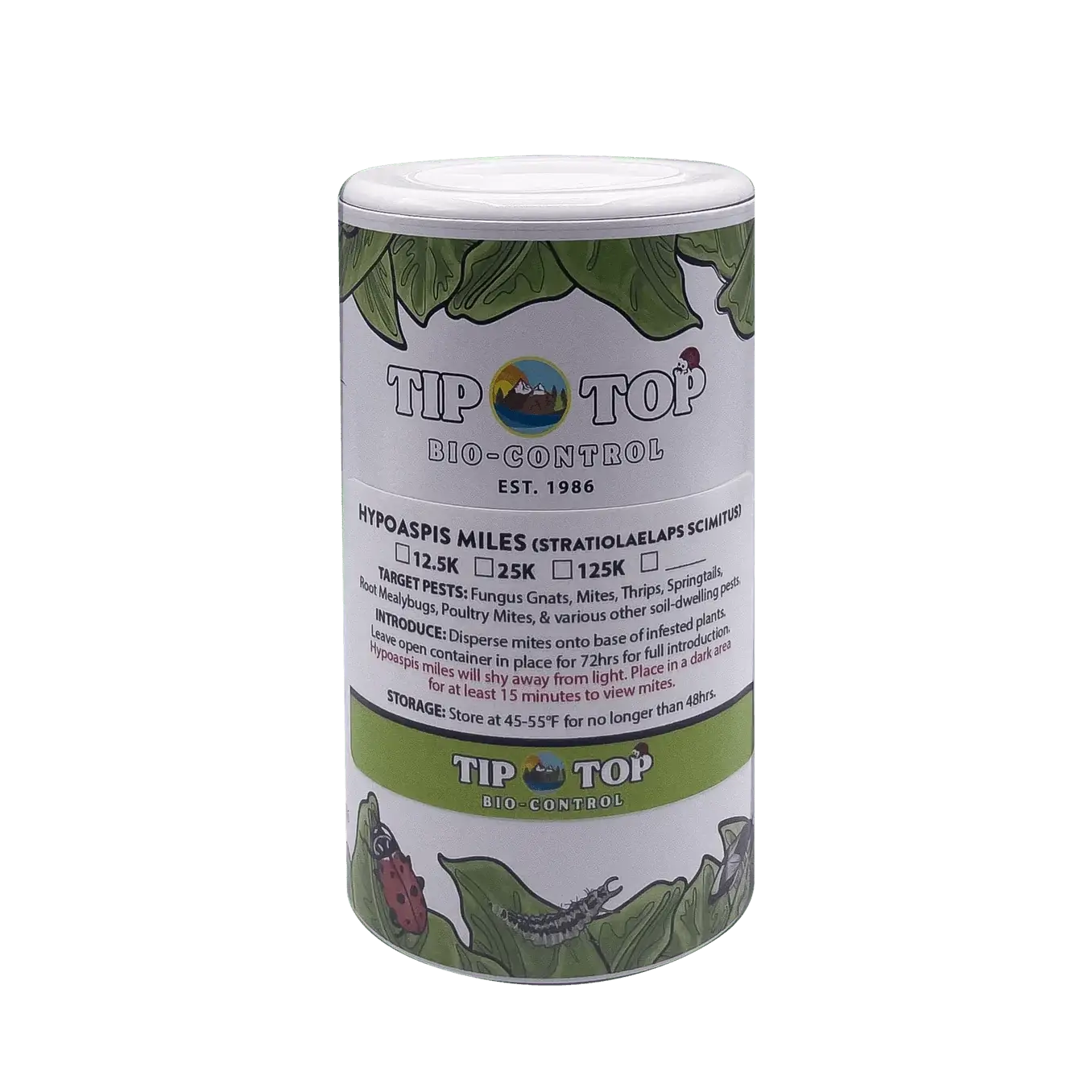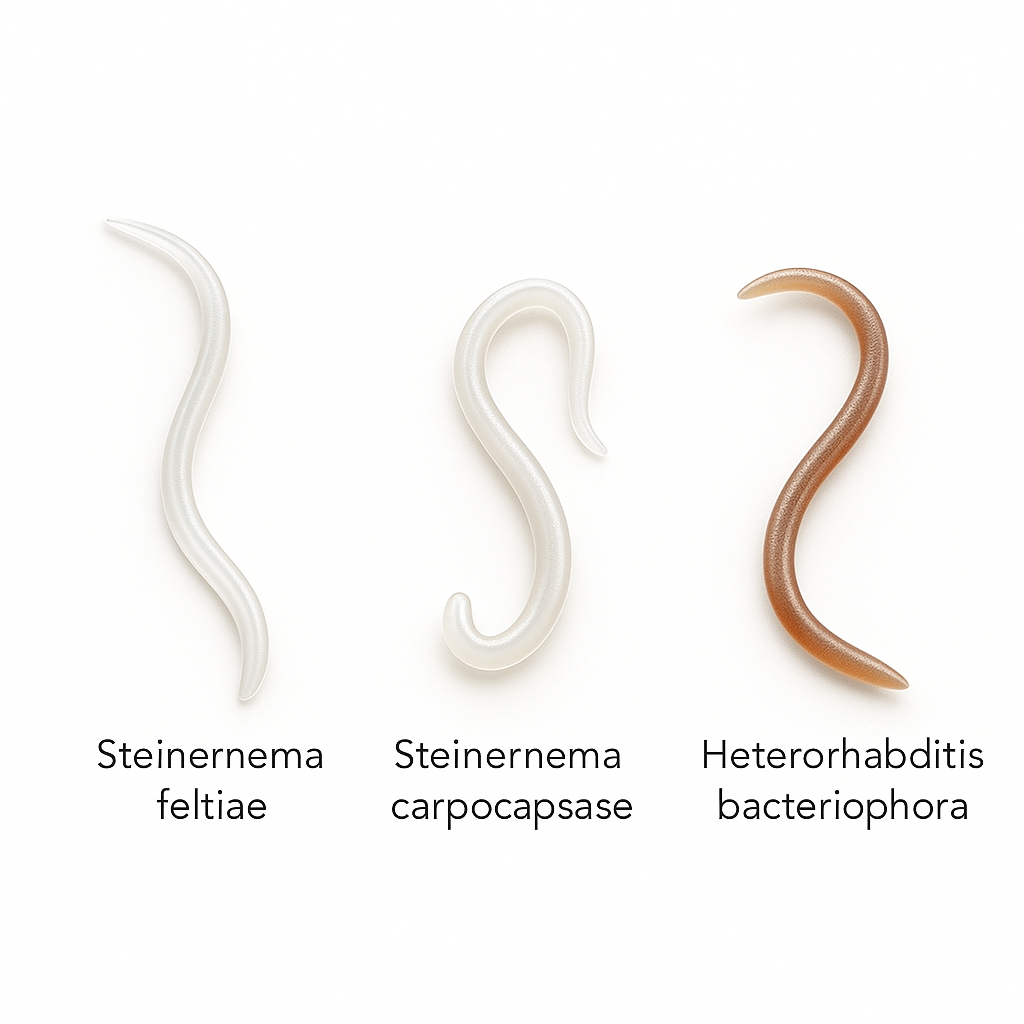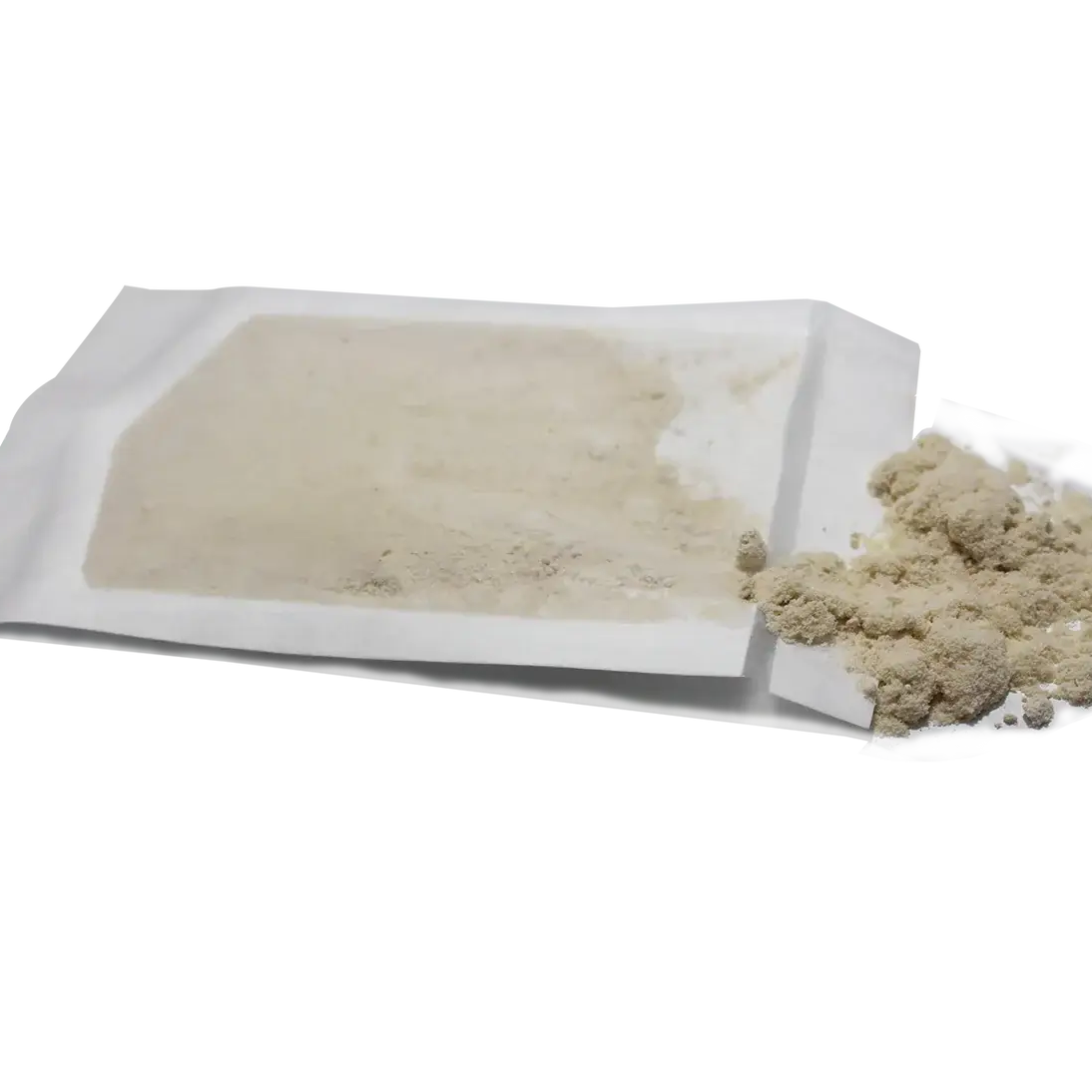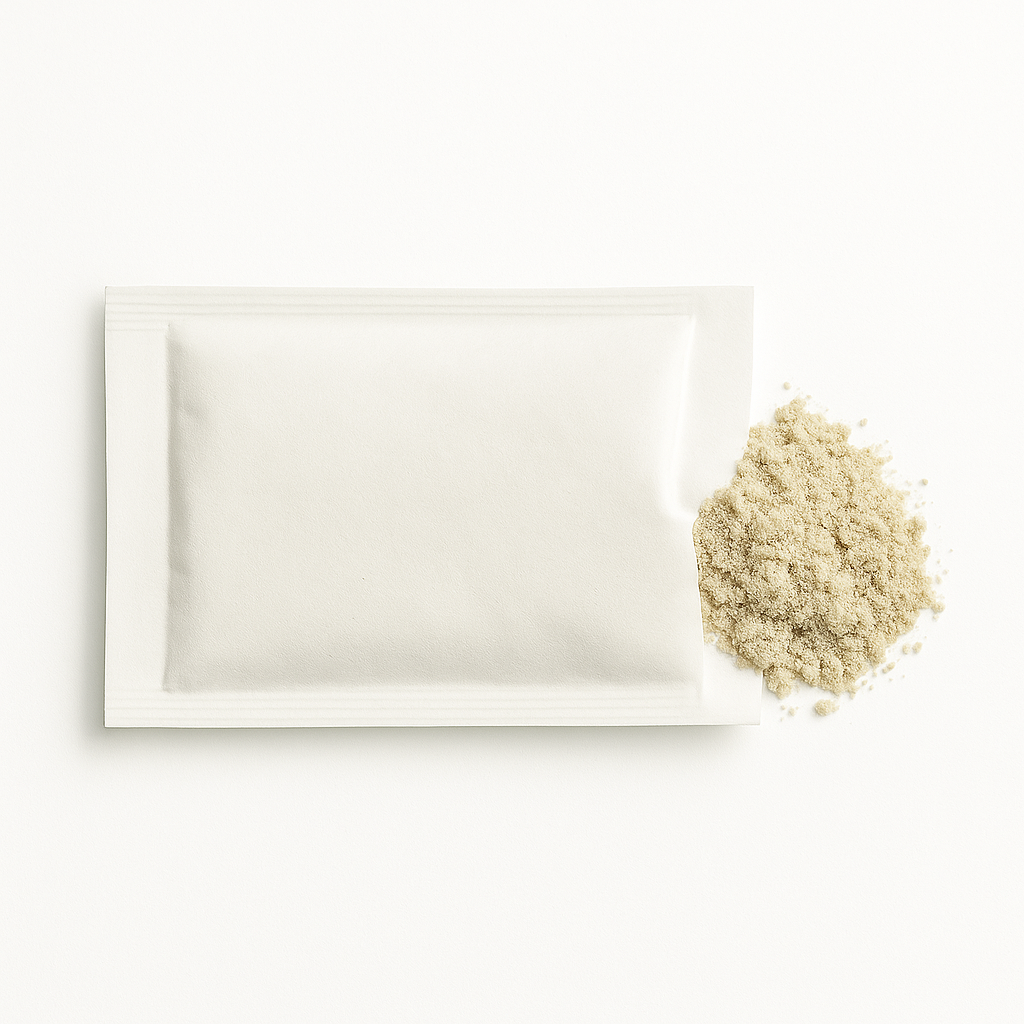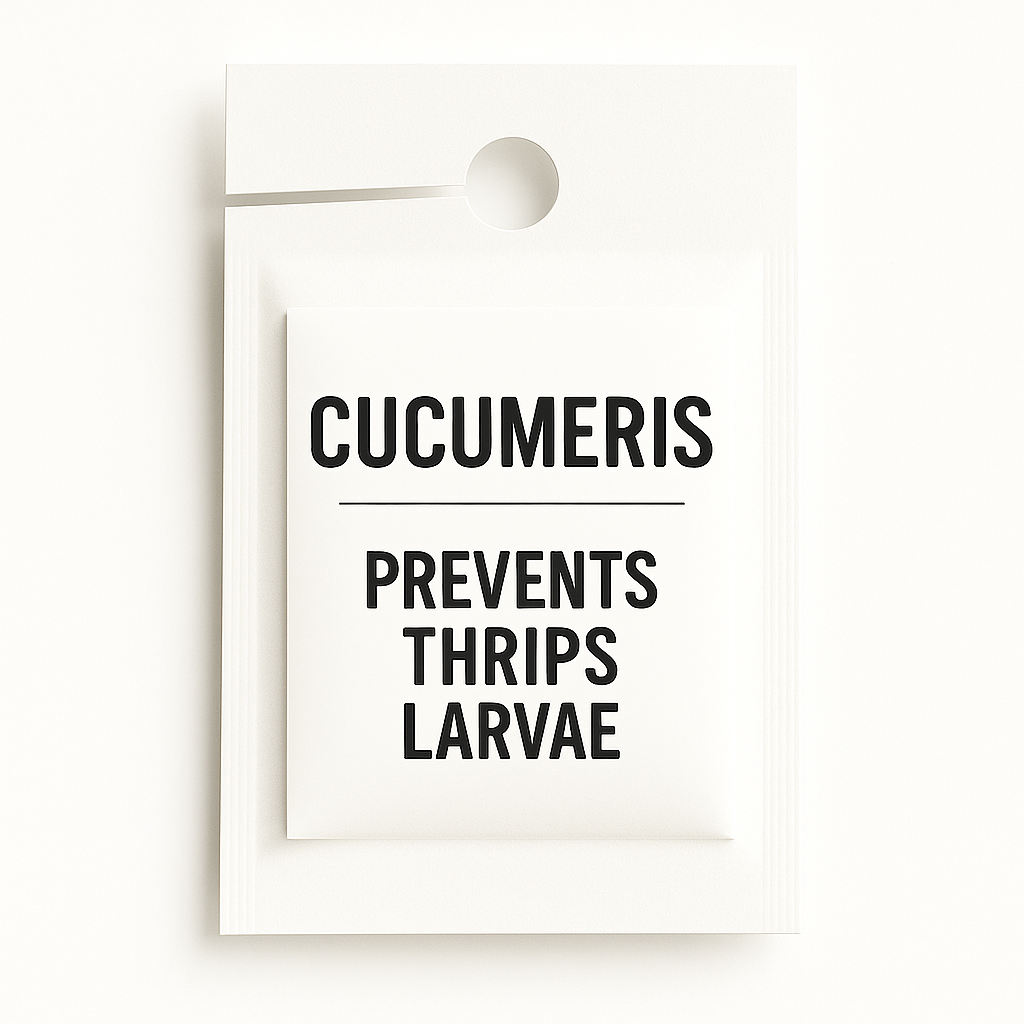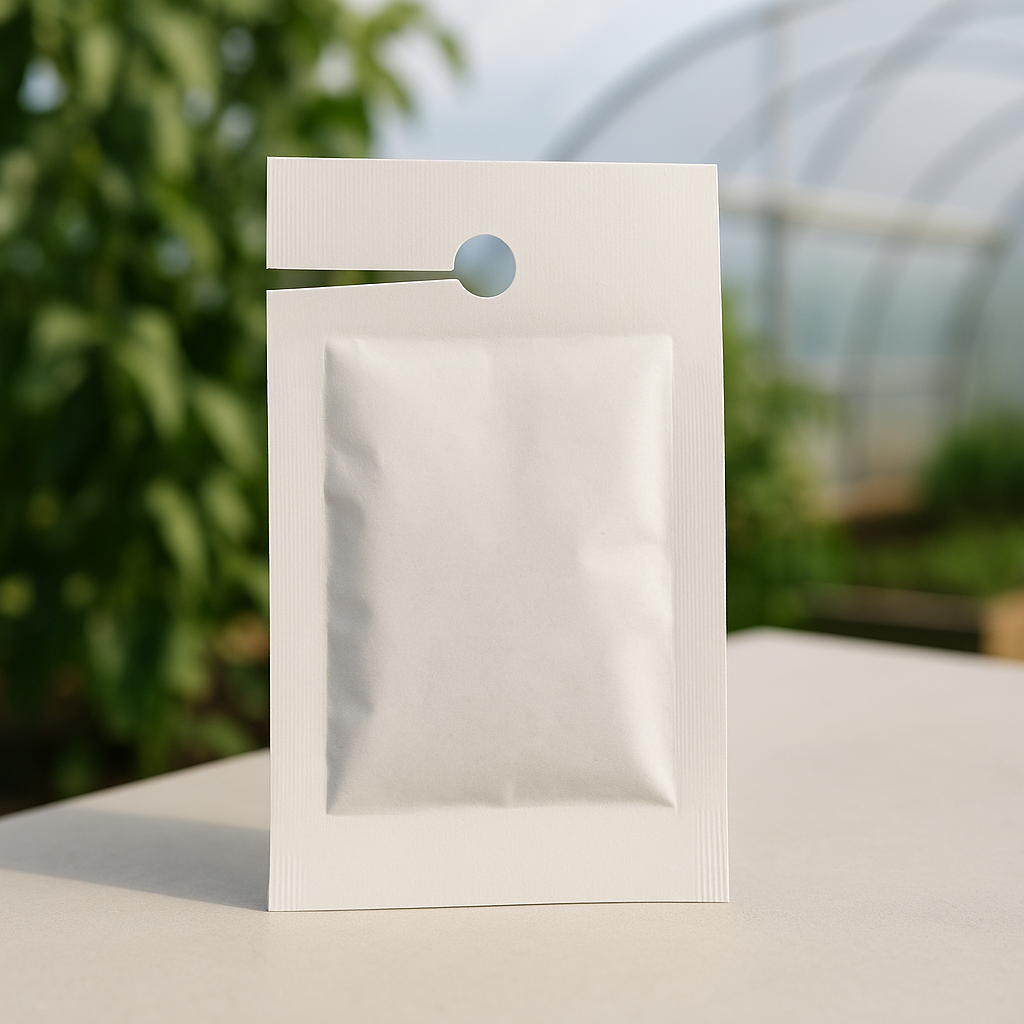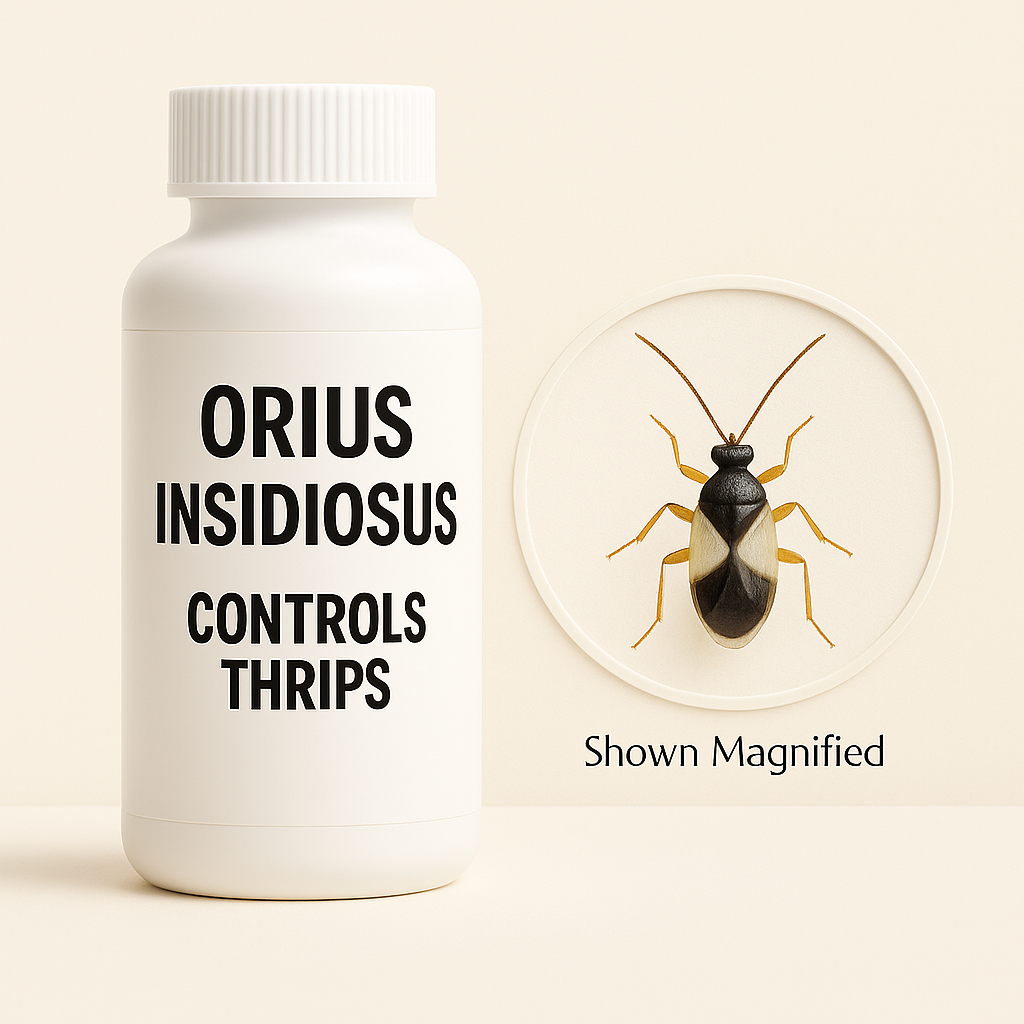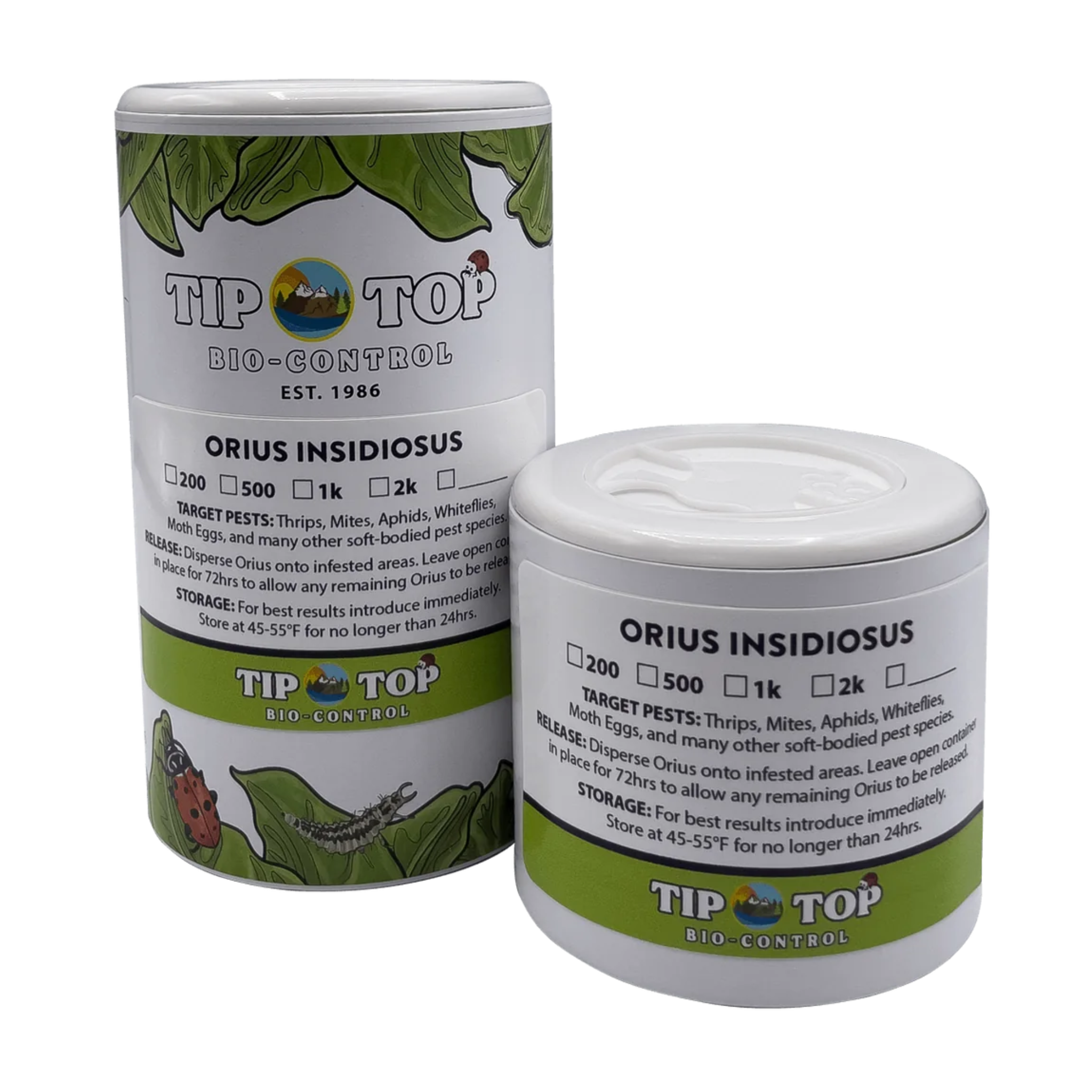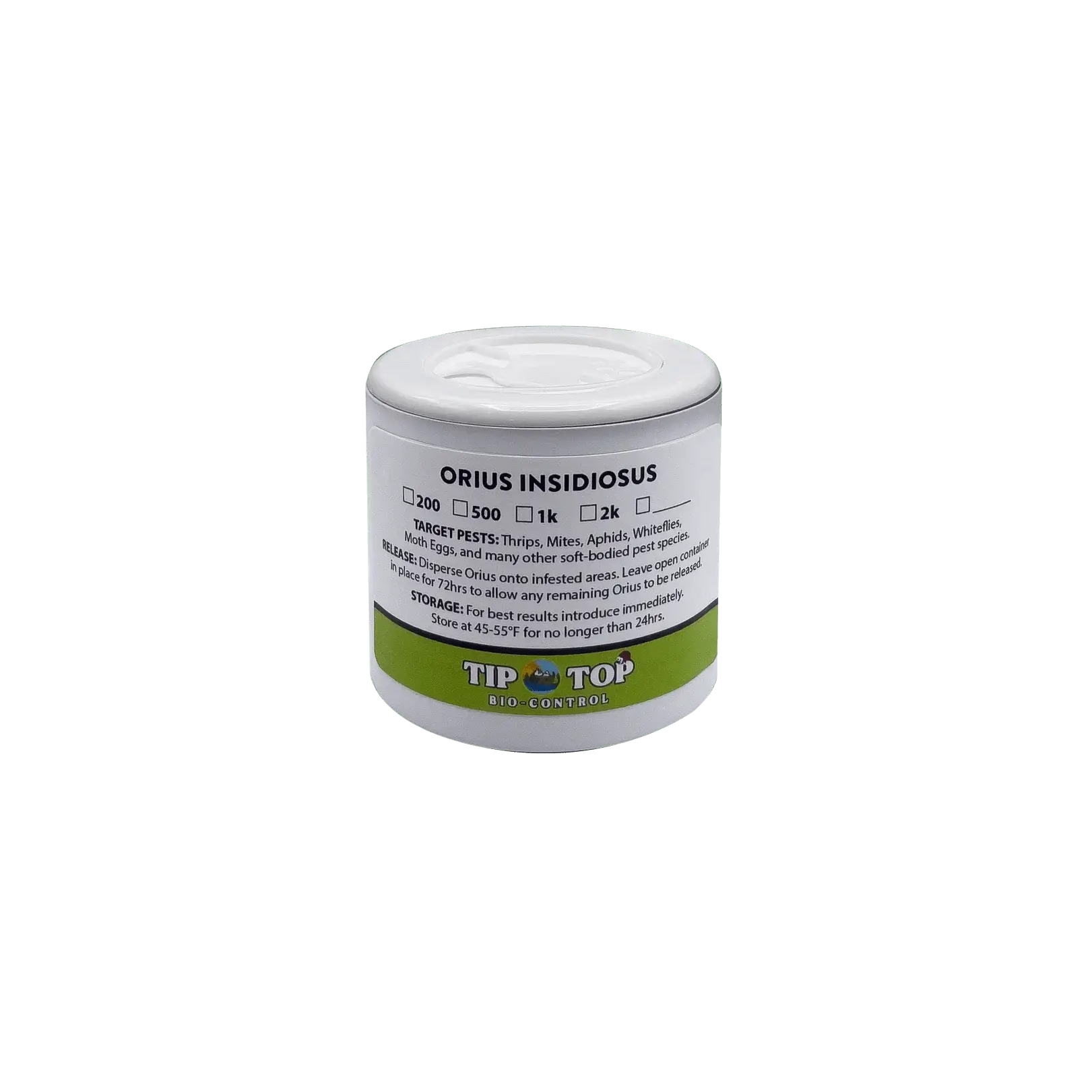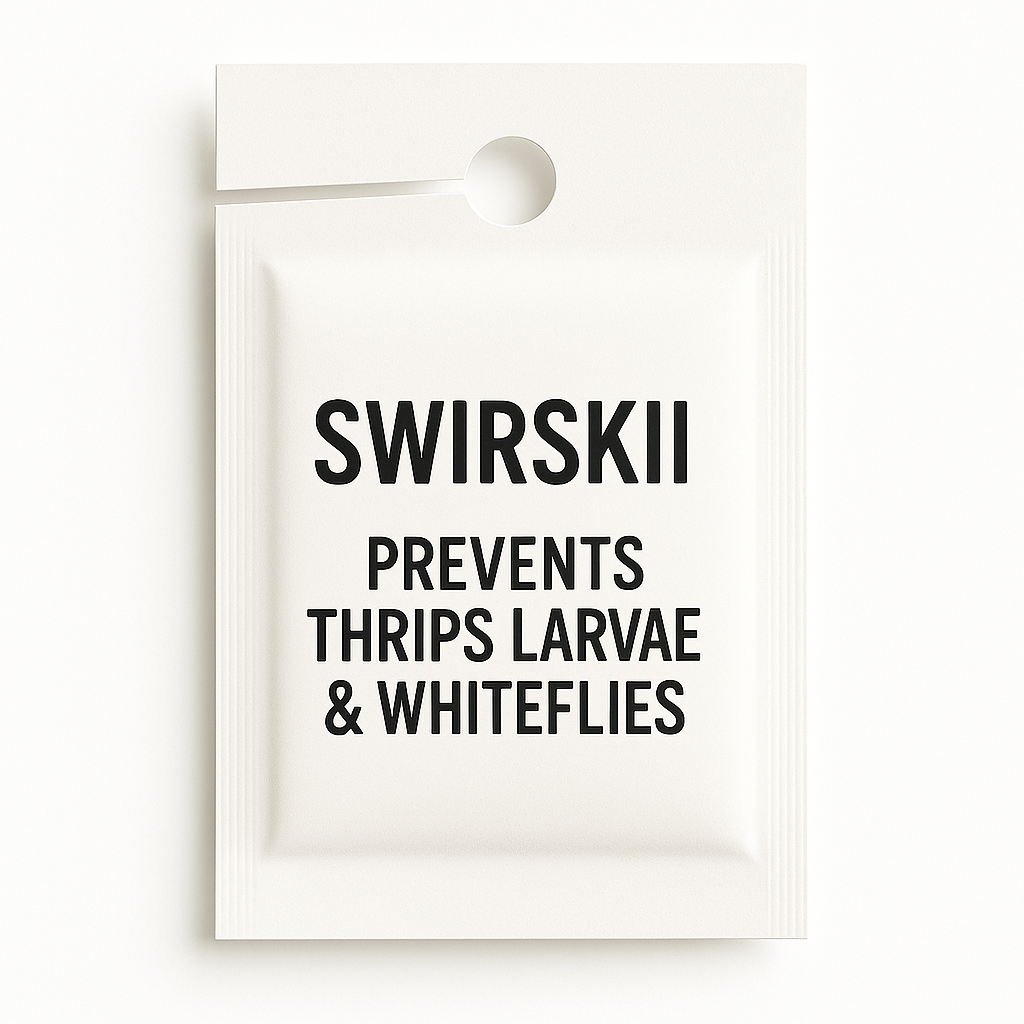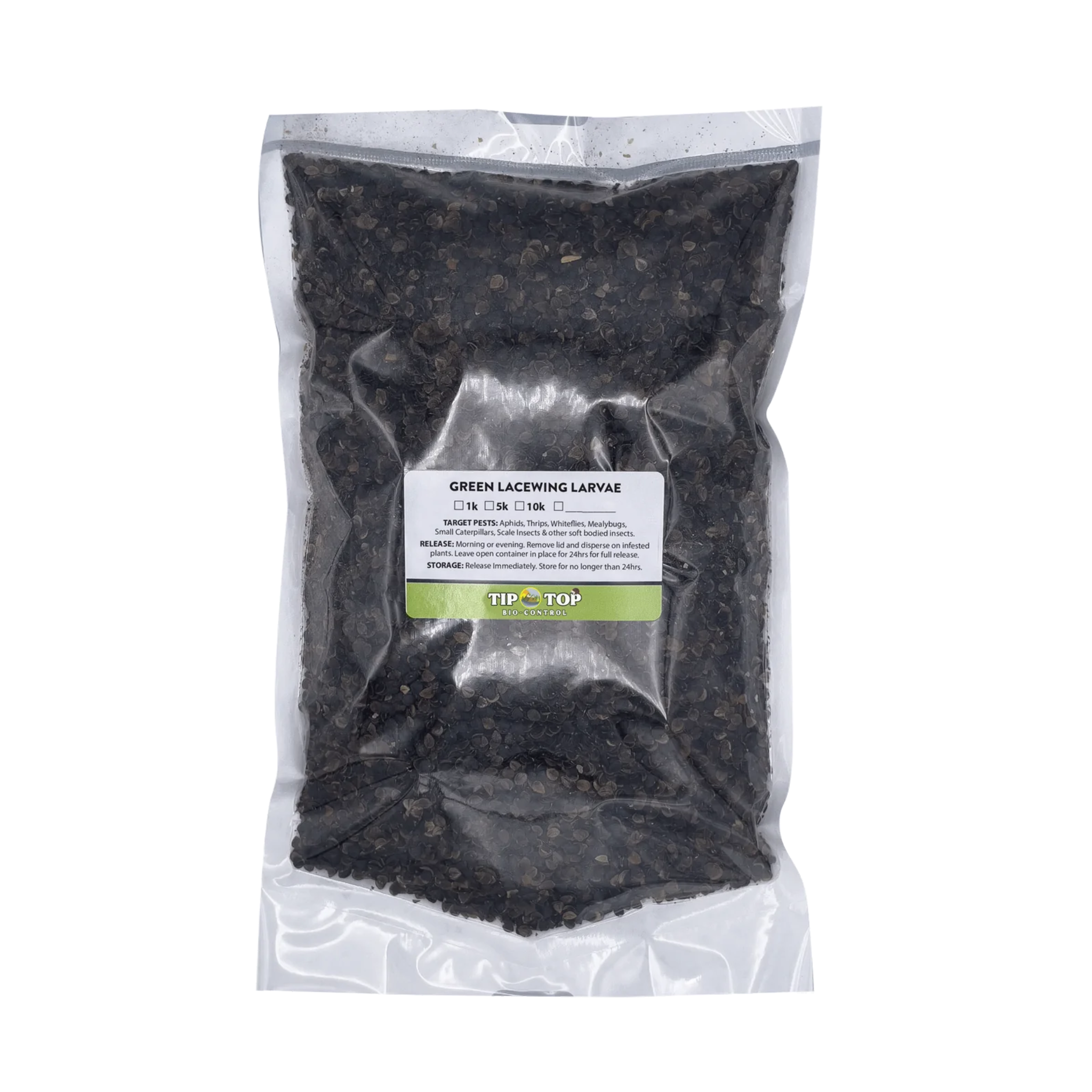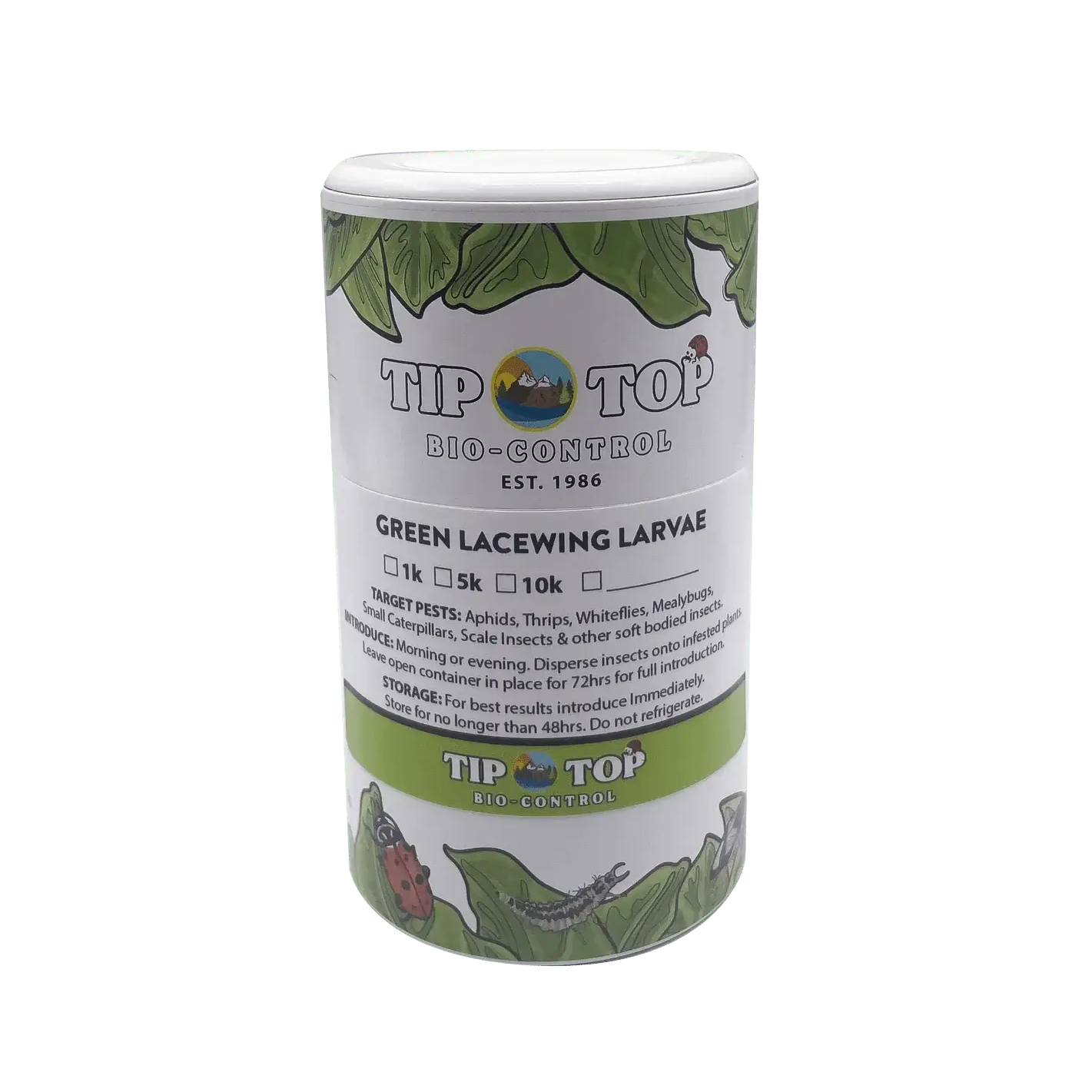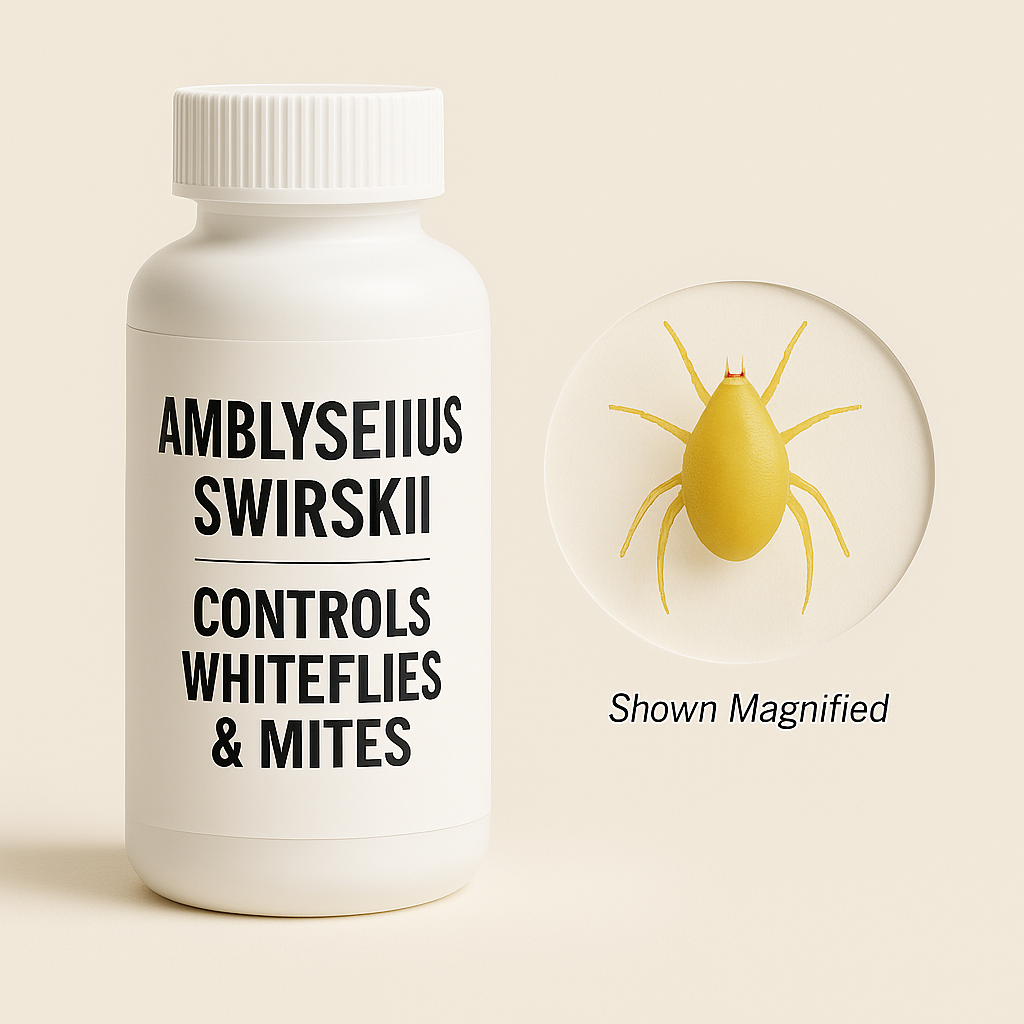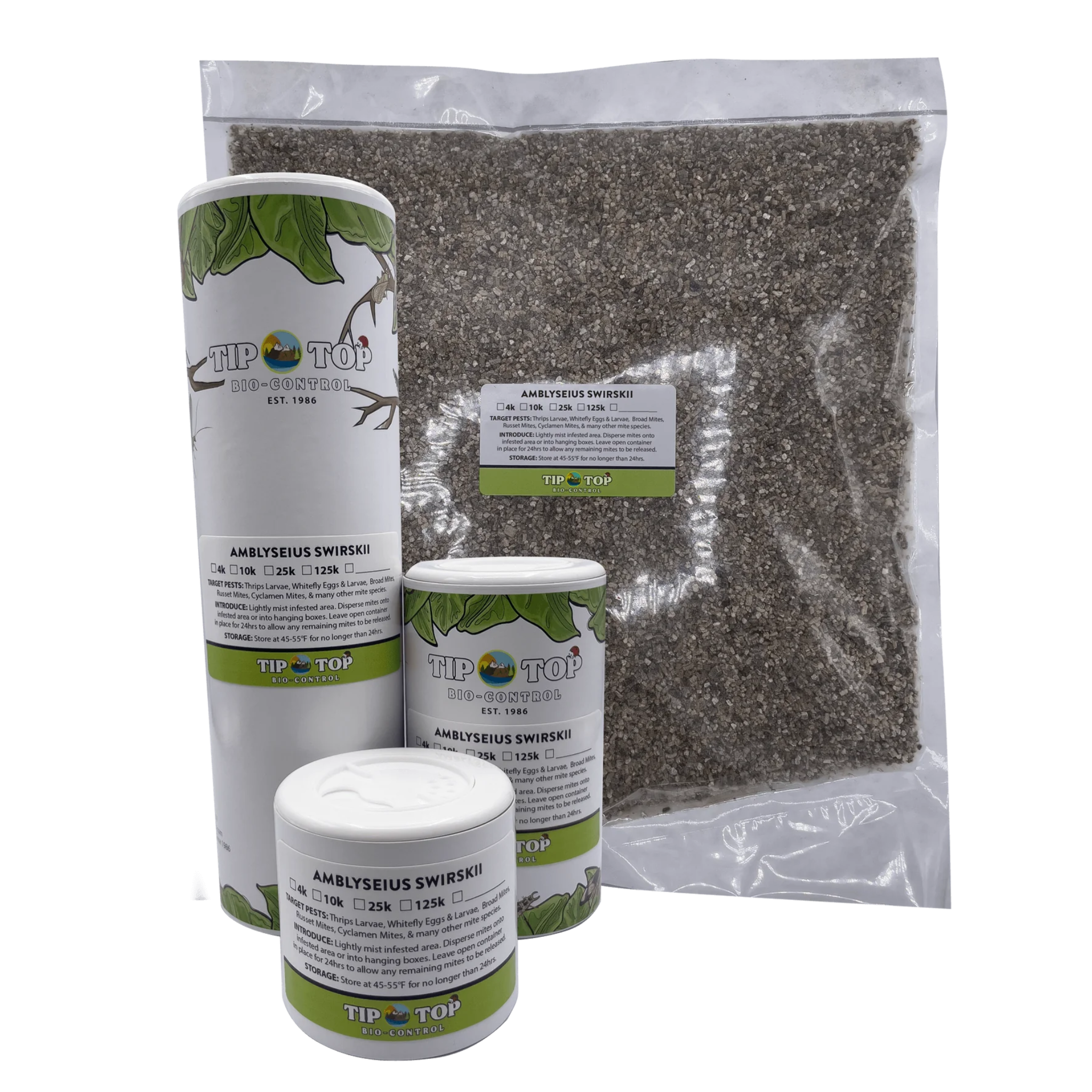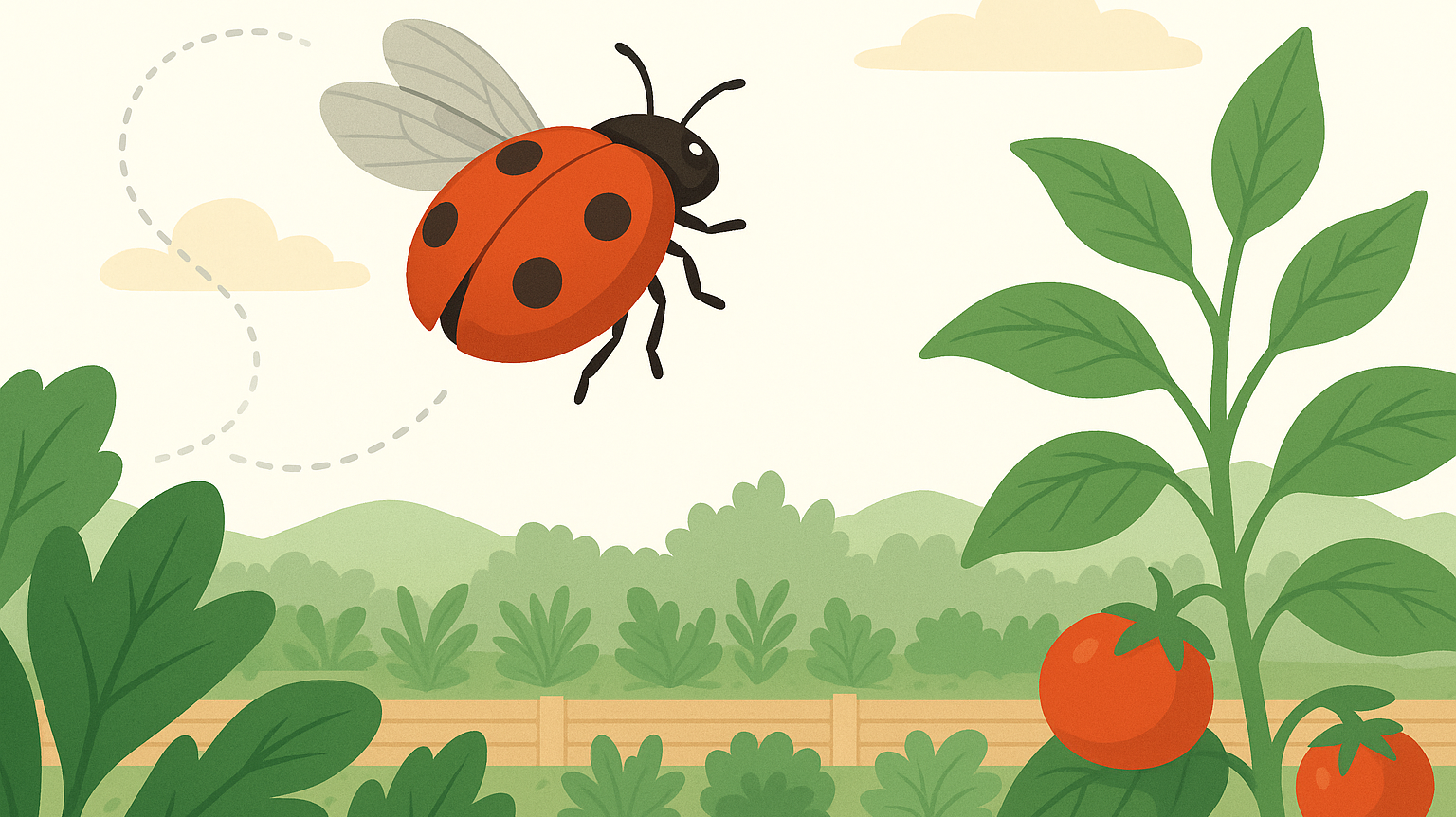Thrips Are Possibly the Hardest Pest to Control
Seriously—if it feels like nothing you try is working. That's because Thrips are stealthy, stubborn, and laugh in the face of your sprays.
- Invisible eggs. Hidden larvae. They tuck into plant tissue and vanish into leaves before you even know they’re there.
- Generations in overdrive. A new wave can hatch in days. By the time you treat one, the next is already feeding.
- Damage shows up late. That scarring? It’s the aftermath. If you can see it, they’ve already been at work for weeks.
- They learn fast. Chemical treatments lose power with each round. Resistance builds. And builds.
- Sprays barely touch them. Since only a few stages of their lives are on the leaves, sprays don't affect them unless you do it daily. For months.
Enter predatory mites and insects. They can match Thrips in every aspect. And the best part, all you have to do is put them out.
Target Every Stage
From soil-dwelling pupae to larvae and adults on leaves, predatory mites and insects suppress thrips at each phase of their lifecycle.
Work Without Resistance
Unlike sprays, thrips can’t adapt to being eaten. Predators stay effective season after season.
Protect Plants Naturally
Biological control keeps foliage intact without residue, stress, or the cycle of chemical reapplication.
Predatory mites, on average, are only 0.5 mm. About the size of a grain of sand.
Guide to Thrips Predators
Orius (Orius insidiosus, aka minute pirate bug)
Orius are the heavy hitters in thrips control. These tiny pirate bugs are aggressive hunters that go straight for the adults — the stage most mites can’t touch.
Cucumeris (Amblyseius cucumeris)
Where Orius bring speed and aggression, Cucumeris play the long game. They specialize in thrips larvae, working slowly but consistently to suppress young pests before they mature.
Swirskii (Amblyseius swirskii)
Swirskii take the role of the versatile multitasker. They’re the choice for growers who need broad coverage in a busy environment or who want stronger pressure on thrips populations that are already active.
Steinernema feltiae (Sf nematodes)
Sf nematodes take soil control a step further. These microscopic predators move through moisture, finding and infecting thrips pupae from the inside.
Do You Need Them All To Fight Thrips?
Not always. Which predators you bring in depends on how serious the thrips problem is and how much prevention you want in place.
If you’re seeing just a few thrips and want to keep it that way, foliar mites like Cucumeris or Swirskii are usually enough. They focus on larvae, the stage most responsible for plant damage.
If thrips keep coming back or you know your media harbors pupae, layering in Stratiolaelaps or Sf nematodes adds soil defense and stops the cycle below the surface.
And if adults are flying around, you’ll need Orius. They’re the only predators that reliably take down thrips once wings are involved.
The truth is, many growers run one or two predators most of the time and add others when pressure climbs. The more stages you cover, the harder it is for thrips to slip through the cracks.
More on Mites
The Hidden Weather That Shapes Plant and Predator Life
Invisible weather shapes every growing space. Warm air pools under lights, cool air settles near the floor, and in between, tiny predators decide where they’ll thrive. Learn how microclimates influence the balance between plants, pests, and the mites that keep them in check.
If Ladybugs Are Just Going to Fly Away, Why Use Them?
Most ladybugs don’t fly off out of spite — they leave when the environment isn’t right. Learn how temperature, humidity, and shelter affect whether they settle or scatter, and how to create the ideal setup that keeps them working where you need them most.
Where Did My Predatory Mites Go?
Released predatory mites but can’t see them anymore? Don’t panic. Their invisibility is exactly what makes them effective. Learn why they vanish, how they hunt pests out of sight, and why reapplying keeps your plants protected.



